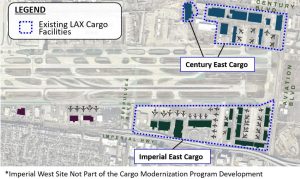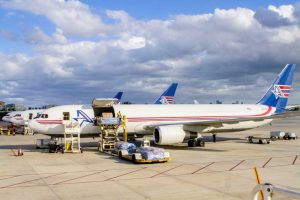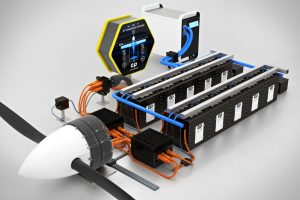LAWA picks partners for LAX Cargo Modernization Program
Los Angeles International Airport is the 5th largest cargo airport in the US by tonnage, handling more than 2.7 million tons last year.
It has 3 cargo areas with 27 buildings totalling 2.6 million square feet and 3.5 million square feet of ramp area.
The airport says the facilities range from 20 to 80 years old and have reached their end of their useful life and are not compatible with current industry standards.
LAX Community Partners, a partnership between Realterm and JLC Infrastructure, a joint venture between Magic Johnson and Loop Capital has experience with airports, with Realterm being one of the largest developers of on-airport cargo facilities in North America.
JLC Infrastructure, founded by Earvin “Magic” Johnson and Jim Reynolds, has invested in other airport projects including New York LaGuardia Central Terminal B and the John F. Kennedy International Airport New Terminal One P3.
Marlon Smith, Managing Director of JLC Infrastructure, says, “As a member of LACP and an equity investor in the project, we are honoured to be involved in a project that will improve cargo operations at LAX while also aligning well with JLC’s sustainability and clean energy goals. This project is particularly special to our co-founder, Earvin “Magic” Johnson, as it betters LAX and benefits the Los Angeles community. It has the potential to create significant jobs for the local community and provide diverse, local and small enterprises with tremendous opportunities to participate.”
David Rose, Managing Director – Airport Infrastructure at Realterm, adds, “Realterm prioritises flexibility, sustainability, technology and community in all aspects of its projects. Our partnership with JLC successfully blends international best practices with superior local engagement and, through our partnership with LAWA, we look forward to serving as a positive economic engine for the local surrounding communities.”




